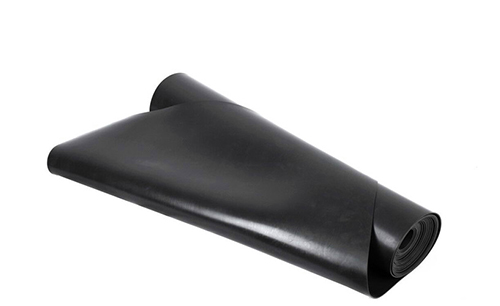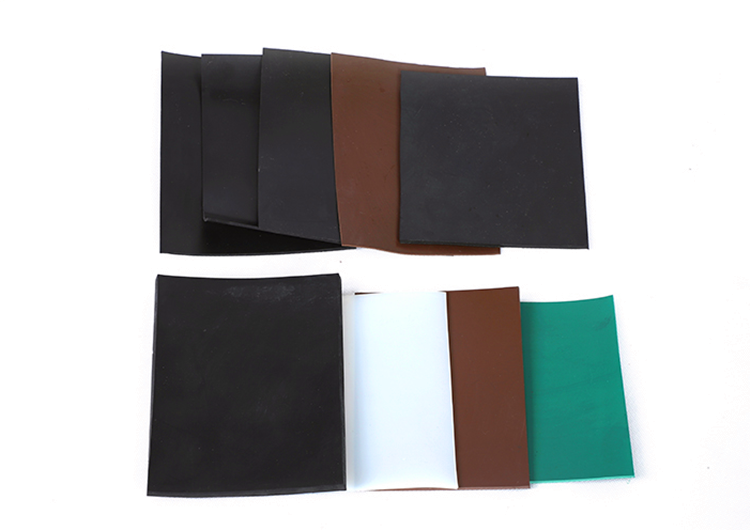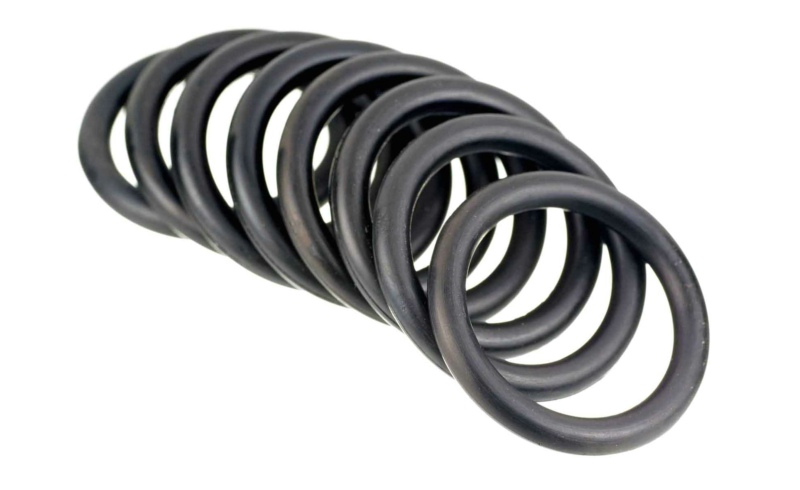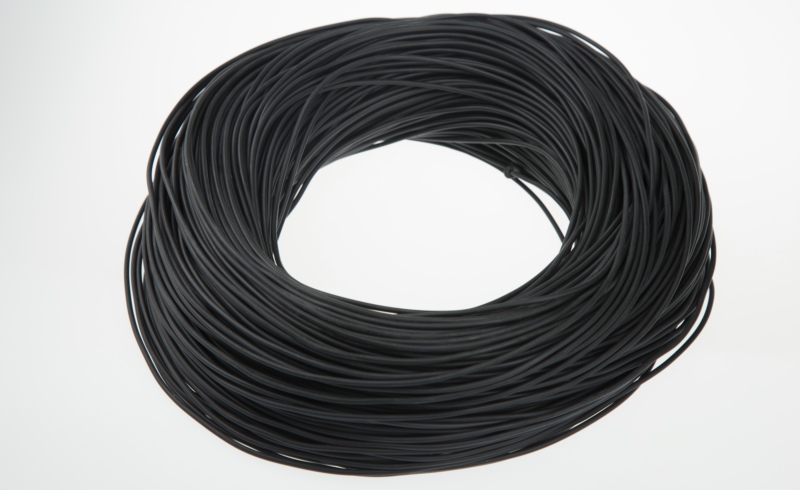We can supply EPDM products, such as EPDM Gaskets, EPDM O-ring and EPDM Cord.
Our EPDM Product
Material DataSheet of EPDM
| Basic Properties | Cost Factor | 2 |
| Hardness Range (Shore A) | 30 – 85° | |
| Colours | Limited | |
| Temperature Tolerance (℃) | Maximum Continuous | 130° |
| Maximum Intermittent | 150° | |
| Minimum Temperature | -50° | |
| Environmental Tolerance | Oxidation | Excellent |
| Ozone & Weathering | Excellent | |
| Oil Resistance (℃) | ASTM Oil No. 1 @ 20° | Fair |
| ASTM Oil No. 1 @ 100° | Poor | |
| ASTM Oil No. 3 @ 20° | Poor | |
| ASTM Oil No. 3 @ 100° | Poor | |
| Fuel Resistance (℃) | ASTM Fuel B @ 40° | Poor |
| Solvent Resistance | Alcohol | Good |
| Acetone | Good | |
| Benzene | Poor | |
| Chemical Resistance | Acids | Good |
| Bases | Good | |
| Physical Properties | Physical Strength | Good |
| Compression Set | Good | |
| Tear & Abrasion Resistance | Good | |
| Resilience | Very Good | |
| Resistance | Permeability To Gases | Low |
| Electrical Strength | Excellent | |
| Flame Resistance | Poor | |
| Water Resistance | Excellent |
More About EPDM
EPDM rubber (ethylene propylene diene monomer rubber), a type of synthetic rubber, is an elastomer characterized by a wide range of applications.
EPDM rubber is closely related to ethylene propylene rubber: ethylene propylene rubber is a copolymer of ethylene and propylene, whereas EPDM rubber is a terpolymer of ethylene, propylene, and a diene-component.
The ethylene content is around 45% to 85%. The higher the ethylene content, the higher the loading possibilities of the polymer, better mixing, and extrusion. Peroxide curing these polymers gives a higher crosslink density compared with their amorphous counterpart.
The amorphous polymer is also excellent in processing. Processability is very much influenced by their molecular structure. The dienes, typically comprising from 2.5% to 12% by weight of the composition, serve as sites of cross-links when curing with sulphur and resin; with peroxide cures, the diene (or third monomer) functions as a coagent, which provides resistance to unwanted tackiness, creep, or flow during end use.





